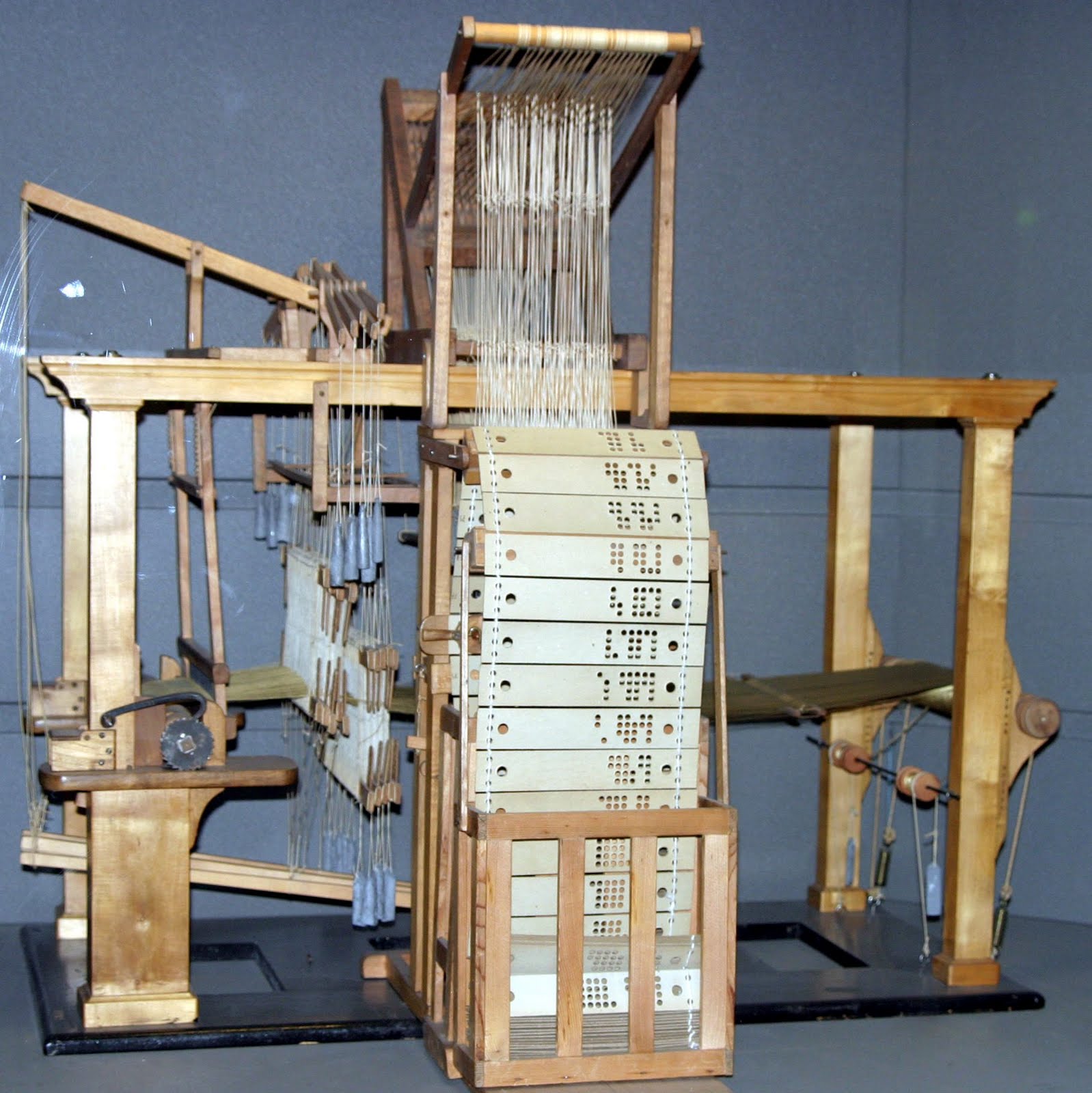___ _
/ _ \ _ _ ___ ___| |_ ___ _ __ ___
| | | | | | |/ _ \/ __| __/ _ \ '_ ` _ \
| |_| | |_| | __/\__ \ || __/ | | | | |
\__\_\\__,_|\___||___/\__\___|_| |_| |_|
Queering the Web
A meet-up on coding, craft and queerness.
Introduction
Open gathering for coding, specifically website-making. We take the Dyke March website as study and practical case.
This site is more than a static page. It's a material, historical, and collective act of world-building. We want to explore how this intersects with weaving, computing, and queerness.
Discussing the Technical Layer
Visit: dykemarch-amsterdam.neocities.org
When you type a web address, your computer sends a request to a server which returns the HTML and CSS files that build the webpage. This all relies on the Von Neumann architecture, established in the 1950s.
- Charles Babbage: Designed the first programmable machine, inspired by the Jacquard loom.
- Ada Lovelace: Envisioned machines as tools for creativity and symbol manipulation.
- Alan Turing: Developed the concept of the universal machine.
- John von Neumann: Architect of the computer structure still used today.

The history of computing is woven.
From Calculation to Communication
Computers became communicative machines in the 1960s–1990s, culminating in the invention of the World Wide Web by Tim Berners-Lee.
What started as an open network became monetized, privatized, and commodified. Communication became product.
Computers as Machines of Abstraction
All digital data is reduced to binary. This limits emotional, ambiguous, or contextual expression.
With increasing abstraction, users are deskilled. Interfaces hide the logic beneath, separating us from the workings of the machine.
“In information theory, communication is primarily about signal vs. noise. Representation and identity become displaced.” — Tiziana Terranova
Queering the Web
The dominant web is fast, optimized, monetized. Queering the web resists this — it allows softness, slowness, ambiguity, and creativity.
"In doing so we discover a kind of liminal technical space of something not yet actualized." — Jacob Gaboury
Weaving — often done by women and working-class people — reveals that computing’s origins lie in textile labor. It questions why machines must be rigid and binary.
- Why do computers need to be so exact and rigid?
- What is lost when everything becomes 1s and 0s?
- Can we imagine error-friendly, emotion-aware computers?
Why Neocities?
Neocities supports small-scale, non-commercial, user-controlled publishing. It doesn’t track or advertise. It embraces autonomy and creativity.
#yeah #noad
Tech Demo: Anatomy of the Dyke March Website
View source code: dykemarch-amsterdam.neocities.org
HTML = structure (walls of a house), CSS = style (paint and decor). Your browser requests these from a server and renders them.
Check binary translation: ASCII to Binary
Queering the Code
Binary code, like binary gender, is reductive. What would queered code look like? How can it allow ambiguity, error, emotion?
🌈 Making Session
- Use the prompts below to add or remix code.
- Open a blank HTML file and experiment freely.
- Or: weave your website and take it home 🧶
More help:
Closing
We close with a shared reflection. What did you make? What questions emerged? What stories surfaced from the code?
Web Archive
- Stolen Buttons
- Nico Chilla
- Checks
- Poolsuite
- Moss
- Yeah Lemons
- Tools2Heal
- Naive Weekly
- Browse Neocities
Bibliography
- On Uncomputable Numbers
- Queer Computing
- Queer Web Archive Manifesto
- Origin Stories: Plantations, Computers, and Industrial Control by Meredith Whittaker
- Origin Stories: Plantations, Computers, and Industrial Control by Meredith Whittaker
- CRACKING THE BRO CODE by Coleen Carrigan
- zeros + ones DIGITAL WOMEN + THE NEW TECHNOCULTURE by Sadie Plant